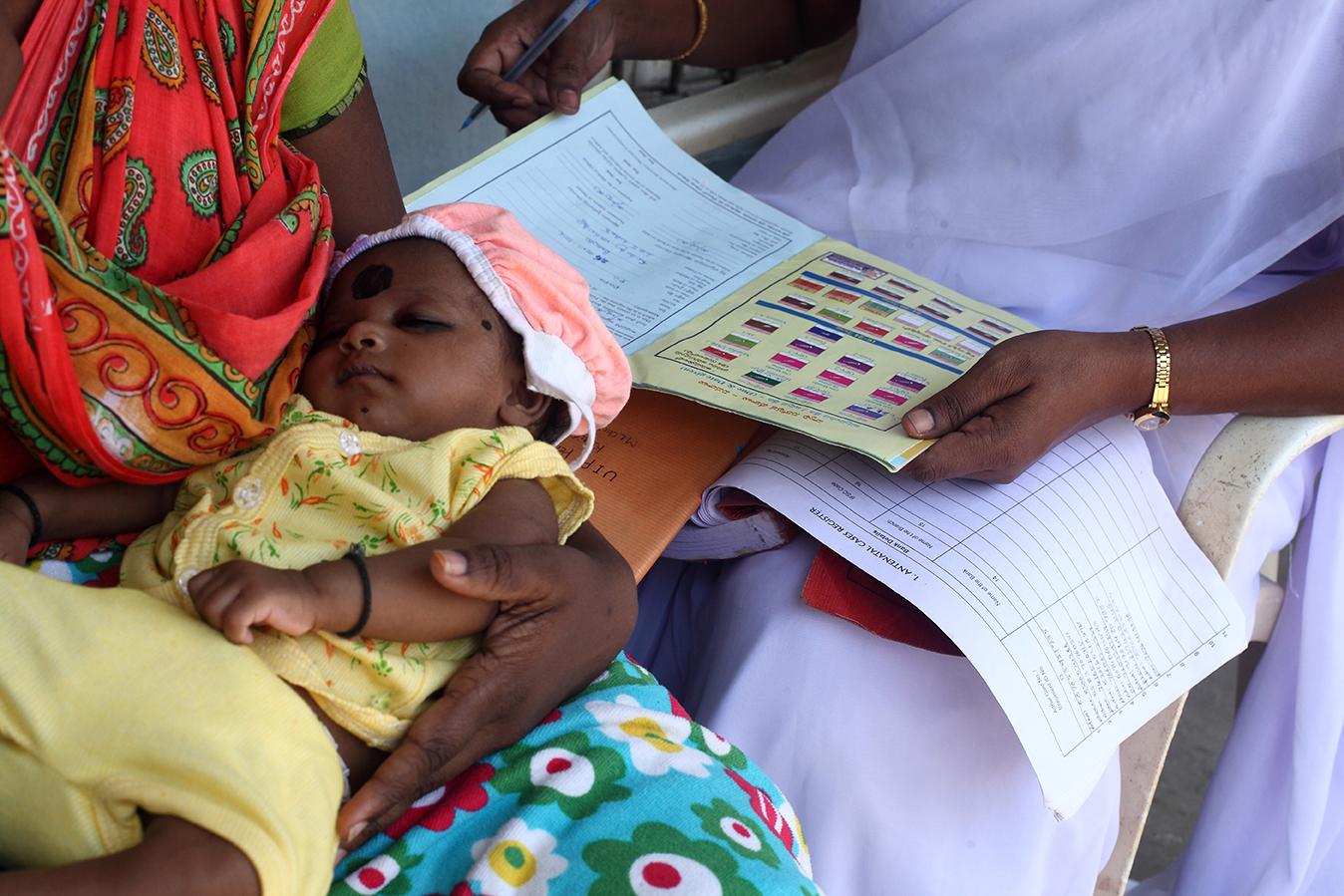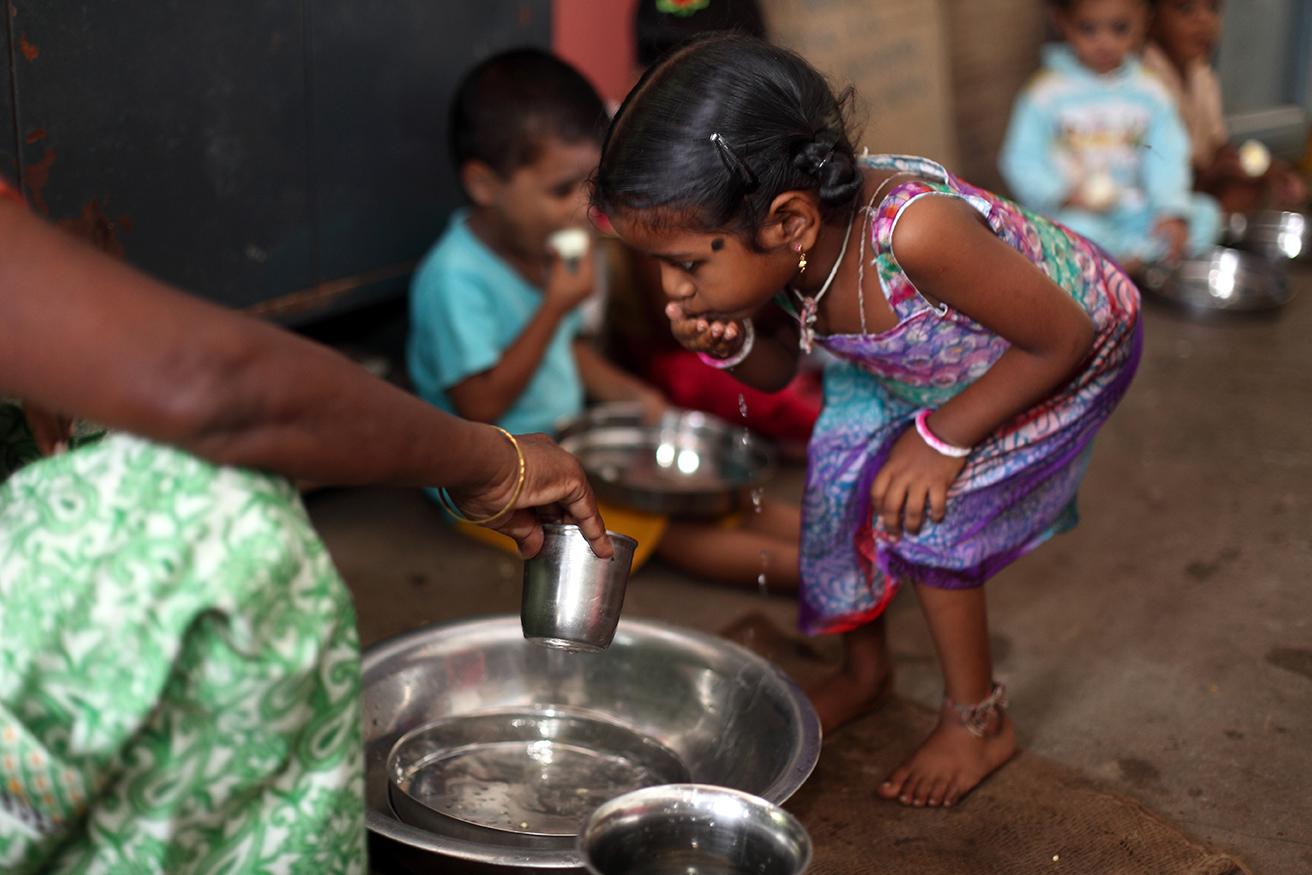
This week sees the first High Level Political Forum on the Sustainable Development Goals (SDGs). The High Level Political Forum is the United Nations central platform for the follow-up and review process to discuss national accountabilities, to keep track of progress of the SDGs, and to ‘spur coherent policies informed by evidence, science and country experiences’.
This first meeting has ‘no-one left behind’ as its theme. The term ‘leave no one behind’ came from the report of the High Level Panel on the post-2015 agenda. The executive summary states:
We should ensure that no person – regardless of ethnicity, gender, geography, disability, race or other status – is denied universal human rights and basic economic opportunities. We should design goals that focus on reaching excluded groups, for example by making sure we track progress at all levels of income, and by providing social protection to help people build resilience to life’s uncertainties.
The subsequent outcome document of the SDG discussions stated
As we embark on this great collective journey, we pledge that no one will be left behind. Recognizing that the dignity of the human person is fundamental, we wish to see the Goals and targets met for all nations and peoples and for all segments of society. And we will endeavour to reach the furthest behind first.
The approach of greater disaggregation of targets, and identifying goals cannot be met unless met for all, hopefully addresses a key concern that the MDGs gave greater prominence to average performance than the achievements for the poorest people. Better data can support better advocacy towards better policy.

What critics often point to is a focus only on who is left behind takes attention away from some of the processes by which people get left behind. As a panelist in an ODI event put it, what about those who get ahead? In fairness to the framers of the SDGs there is a specific goal on inequality (goal 10) and routine disaggregation is proposed. But it remains a reasonable question as to how the ‘no one left behind’ approach will be used to think about inequalities not only absolute poverty. Hopefully by the end of next week we will know rather more about how intention will be turned into practice.
Research should contribute to this agenda by providing tools to uncover the processes by which inequalities are created and so informing better strategies to mitigate or reverse inequalities. Young Lives has written much on this topic. In analysis of how inequalities develop over the life course we identified 3 core conclusions of how poorer children are left behind in their development and, by extension, how policy might mitigate such disadvantages.

(1) Effective policies support multidimensional lives.
Lives are multidimensional, but policies tend to be sectoral. By extension, achievements in one sector (say school) may be undermined by failures in another (say health or sanitation). Developing perfectly integrated policies for marginalised children sounds both appealing and often unrealistic. Maybe better to think about the wider role of the school (beyond education), or to think of the potential of social protection and poverty reduction to contribute across policy sectors.
(2) Early intervention is a priority, plus later remediation.
This identifies the absolute centrality of the earliest point in life, but that there are later opportunities and critical windows in children’s lives that need to be thought of. Developing stronger ECD and preschool services is critical, but analysis of nutritional change is a reminder of the importance of later windows of opportunity during adolescence for mitigating disadvantages.
(3) Identifying critical entry points is a priority to prevent pathways diverging.
There are events and circumstances in children’s lives which then shape the outcomes they experience. Those events (for example ill health in a family) which can cause dramatic changes for children; if policy and programming can identify and support children through these there may be disproportionate benefits in mitigating inequalities.
Young Lives is a unique source, with data generously provided by children and their families for more than a decade. As the current phase of the study comes to an end with a fifth round of data collection, Young Lives will be focusing much on this key question about who gets left behind, when, why and what are the likely high impact policy opportunities to mitigate such inequalities. Expect to see much more from us over the next year or so on this.

This week sees the first High Level Political Forum on the Sustainable Development Goals (SDGs). The High Level Political Forum is the United Nations central platform for the follow-up and review process to discuss national accountabilities, to keep track of progress of the SDGs, and to ‘spur coherent policies informed by evidence, science and country experiences’.
This first meeting has ‘no-one left behind’ as its theme. The term ‘leave no one behind’ came from the report of the High Level Panel on the post-2015 agenda. The executive summary states:
We should ensure that no person – regardless of ethnicity, gender, geography, disability, race or other status – is denied universal human rights and basic economic opportunities. We should design goals that focus on reaching excluded groups, for example by making sure we track progress at all levels of income, and by providing social protection to help people build resilience to life’s uncertainties.
The subsequent outcome document of the SDG discussions stated
As we embark on this great collective journey, we pledge that no one will be left behind. Recognizing that the dignity of the human person is fundamental, we wish to see the Goals and targets met for all nations and peoples and for all segments of society. And we will endeavour to reach the furthest behind first.
The approach of greater disaggregation of targets, and identifying goals cannot be met unless met for all, hopefully addresses a key concern that the MDGs gave greater prominence to average performance than the achievements for the poorest people. Better data can support better advocacy towards better policy.

What critics often point to is a focus only on who is left behind takes attention away from some of the processes by which people get left behind. As a panelist in an ODI event put it, what about those who get ahead? In fairness to the framers of the SDGs there is a specific goal on inequality (goal 10) and routine disaggregation is proposed. But it remains a reasonable question as to how the ‘no one left behind’ approach will be used to think about inequalities not only absolute poverty. Hopefully by the end of next week we will know rather more about how intention will be turned into practice.
Research should contribute to this agenda by providing tools to uncover the processes by which inequalities are created and so informing better strategies to mitigate or reverse inequalities. Young Lives has written much on this topic. In analysis of how inequalities develop over the life course we identified 3 core conclusions of how poorer children are left behind in their development and, by extension, how policy might mitigate such disadvantages.

(1) Effective policies support multidimensional lives.
Lives are multidimensional, but policies tend to be sectoral. By extension, achievements in one sector (say school) may be undermined by failures in another (say health or sanitation). Developing perfectly integrated policies for marginalised children sounds both appealing and often unrealistic. Maybe better to think about the wider role of the school (beyond education), or to think of the potential of social protection and poverty reduction to contribute across policy sectors.
(2) Early intervention is a priority, plus later remediation.
This identifies the absolute centrality of the earliest point in life, but that there are later opportunities and critical windows in children’s lives that need to be thought of. Developing stronger ECD and preschool services is critical, but analysis of nutritional change is a reminder of the importance of later windows of opportunity during adolescence for mitigating disadvantages.
(3) Identifying critical entry points is a priority to prevent pathways diverging.
There are events and circumstances in children’s lives which then shape the outcomes they experience. Those events (for example ill health in a family) which can cause dramatic changes for children; if policy and programming can identify and support children through these there may be disproportionate benefits in mitigating inequalities.
Young Lives is a unique source, with data generously provided by children and their families for more than a decade. As the current phase of the study comes to an end with a fifth round of data collection, Young Lives will be focusing much on this key question about who gets left behind, when, why and what are the likely high impact policy opportunities to mitigate such inequalities. Expect to see much more from us over the next year or so on this.

